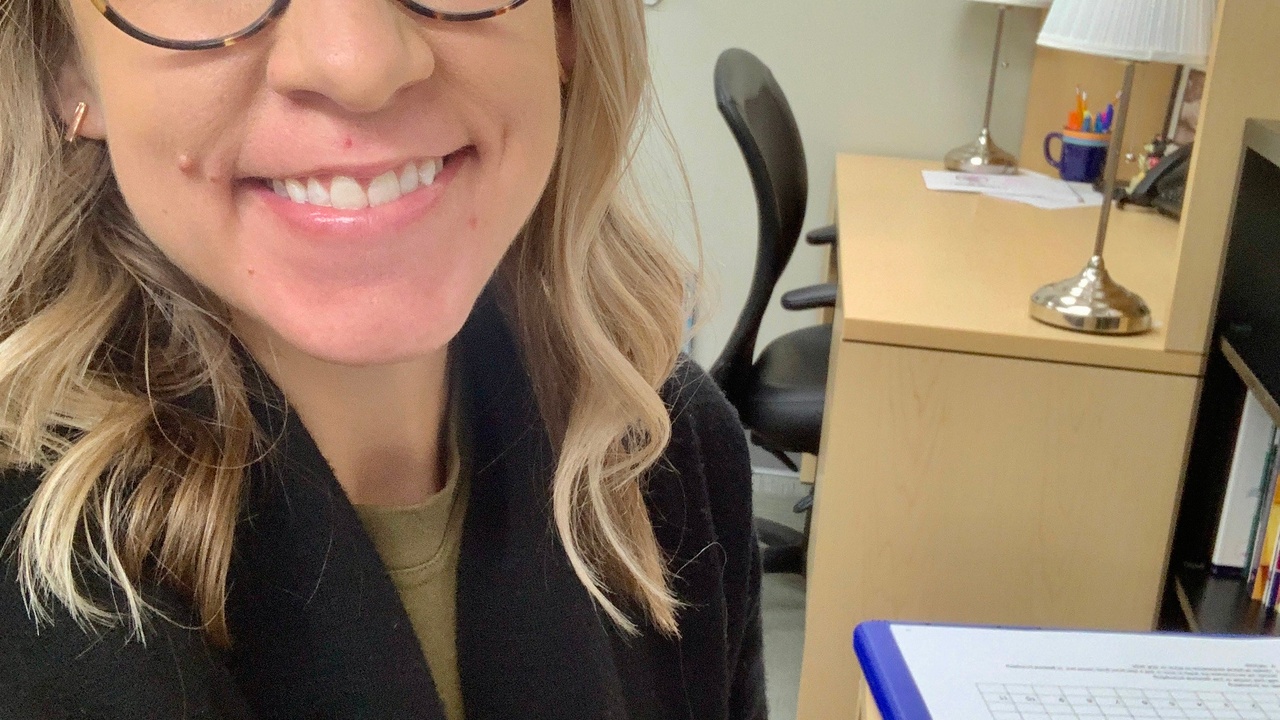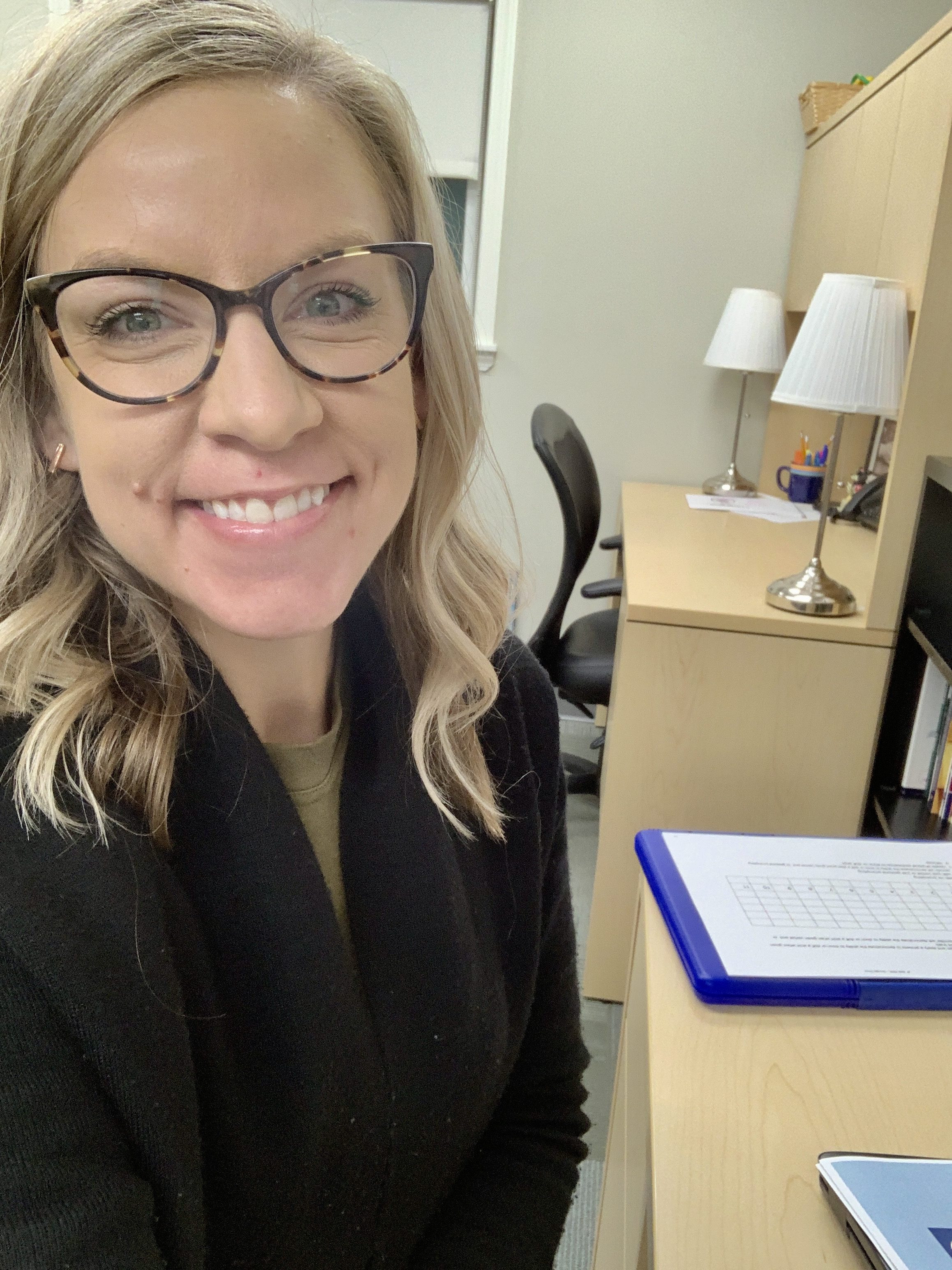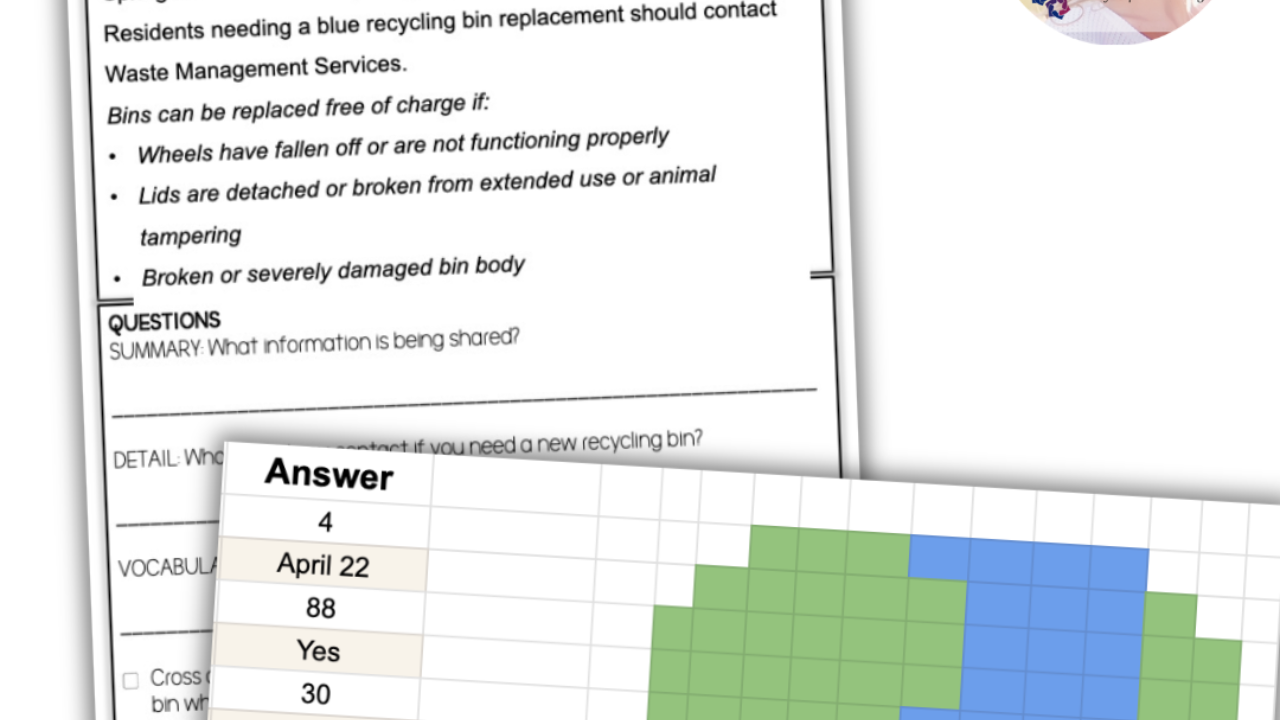Why I Prefer Teaching Transition Over High School
Feb 01, 2022
I remember squating in front of a student’s desk in a high school math class where I was a co-teacher reviewing absolute value with them and how to apply it to different problems. I thought to myself, ‘they are probably never going to use this in their entire lives and yet, I must try to make them understand and remember it.’
I walked back down to my office, past the life skills classrooms and was greeted in the hallway by a very outgoing young man who had stepped away from his cooking class. We exchanged pleasantries, and I grinned as I walked to my desk to sit and grade homework from the previous class, happy to have had a smile-inducing interaction with a student.
‘That’s who I want to teach, that young man in the hallway. I know I would be teaching more meaningful skills if I taught his class,’ I thought to myself as I pulled out the stack of papers to grade from my bag.

Within a few months, I had requested to move into a part time position in transition (life skills for students 18-22+ years old who have met their graduation requirements). The next year after, a full time position in transition became available and I moved away from teaching high school completely.
I’m not one to be rattled by big life changes, it’s just never been my style. Thankfully, this switch was similar. It felt natural, like I was getting closer and closer to my true teacher-calling, if you will.
Since I’ve made the switch to teaching transition (almost 10 years ago), I’m not sure if I’ll ever go back to teaching high school.
Why?
Let me share with you WHY I prefer teaching transition over high school
1. Autonomy allows for purposeful, student-focused learning
With the absence of bells and grades* (I know, it’s pretty amazing), you can create a schedule based on the time each activities needs to be done well and spend the remaining time in your schedule focusing on classes and skills that matter most to the students you have in front of you. Since your class will change every year, your focus can change too. There are no set standards to cover and no standardized tests to prepare for, therefore, the autonomy to do what is best for your students will likely bring out the best in you as a teacher (it definitely did for me).
*I’ve read some posts on social media about transition programs having grades, required classes, and exit-criteria. Since my program has never had grades, required classes, or must-do tasks to exit, these stipulations seem to go against the overall goal of transition, which is an optional service. Transition is meant to help individual students achieve their unique post-school outcomes, not to check boxes on a graduation checklist. I’m always open to learning the ‘why’ behind decisions like this, however pushing students back into a predetermined mold for achievement seems counterproductive the main purpose of an IEP transition plan.
2. Future planning is the focus
Starting the first year of transition, we begin talking with students and families about what they want their life to look like after they exit. Some families take a minute to warm up to the thought, others are encouraged to begin having the conversation, and a few are more ready for the last day of school than they realize. No matter where they are on their journey, we all get on the same page as soon as we can (sometimes this takes one conversation, other times a couple years), and begin working toward strengthening skills to help the student live their most ideal life post exit.
Each outing, each lesson, each work site is created with the idea of helping students get to their preferred end goal. Even though each student and family is working towards a different end goal, the focus remains on improving each student in their own way. The end goal has shifted away from graduation and towards a meaningful post-exit life and that mindset can make all the difference.
3. Progress, not points, is the goal
There are no more required classes, nightly homework is a thing of the past, and graduation credits have been met. Now, it’s finally time to move away from grades and towards individual growth. Academic IEP goals end and functional IEP goals connect to the transition outocmes. (Read: progress monitoring and goals linked to a class grade end).
Transition is that sweet spot in special education where the full focus can be on achieving IEP goals, increasing independence, and creating opportunities to use all those learned skills in actual real life settings. Grades, we simply don’t have time for them in transition, we only have time for experiences that will call upon students to use problem solving, budgeting, and communication skills with an unfamiliar person multiple times a month.
If you are tired of creating worksheets for homework, grading, uploading grades to a portal, hounding students for missing work, and calling families about failing or near failing grades, then maybe transition is where you need to head.
If you’ve been considering making the jump to teaching in transition, which includes 18-22+ year olds, then I hope I’ve shared why you might (or might not) find it appealing. I’ve watched over 5 other teachers make the switch, and not a single one has regretted their decision. However, to each their own.
If you have additional questions about how and why I made the switch or prefer teaching transiton over high school, feel free to reach out via the Contact page (see the links above).















